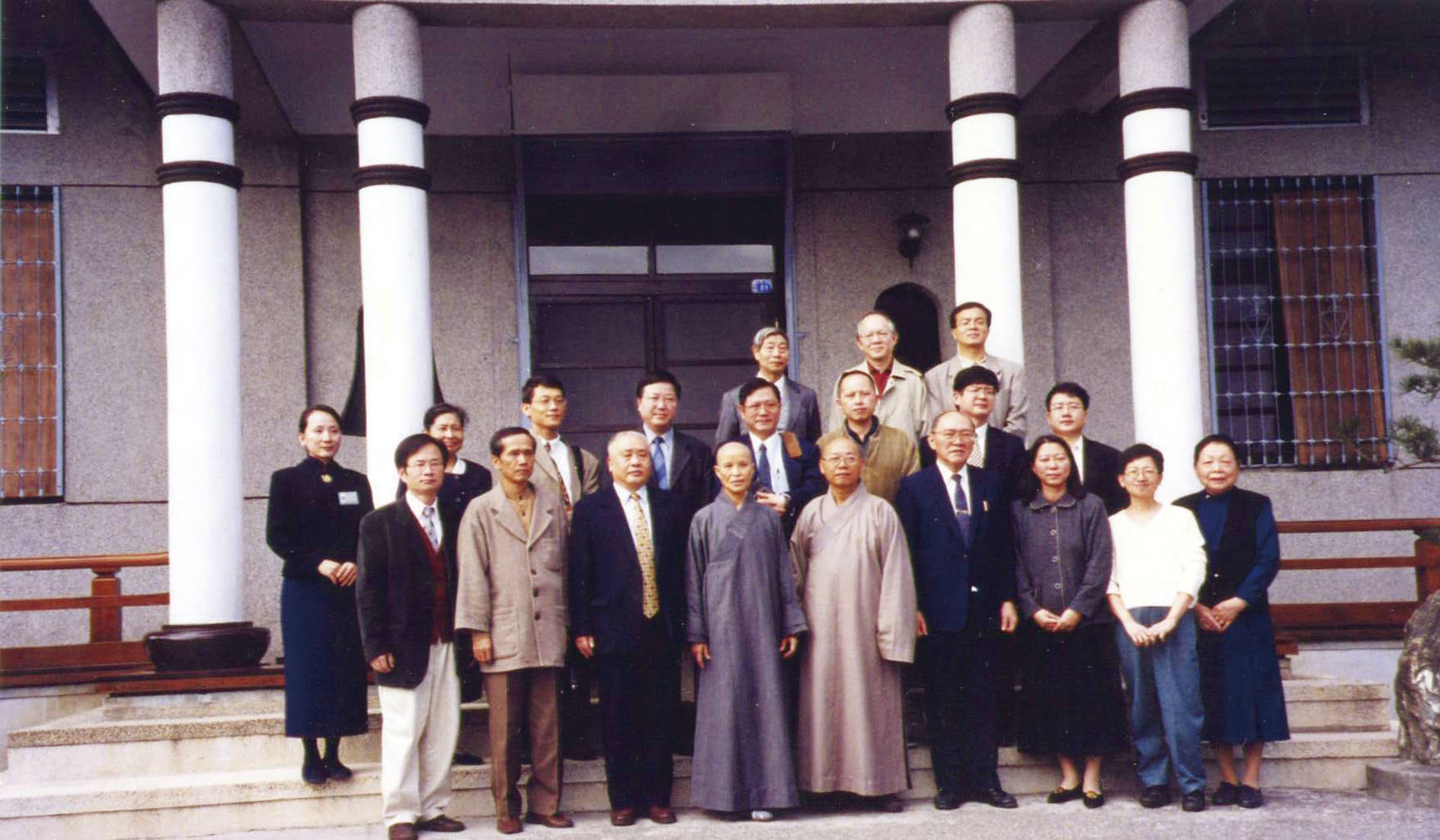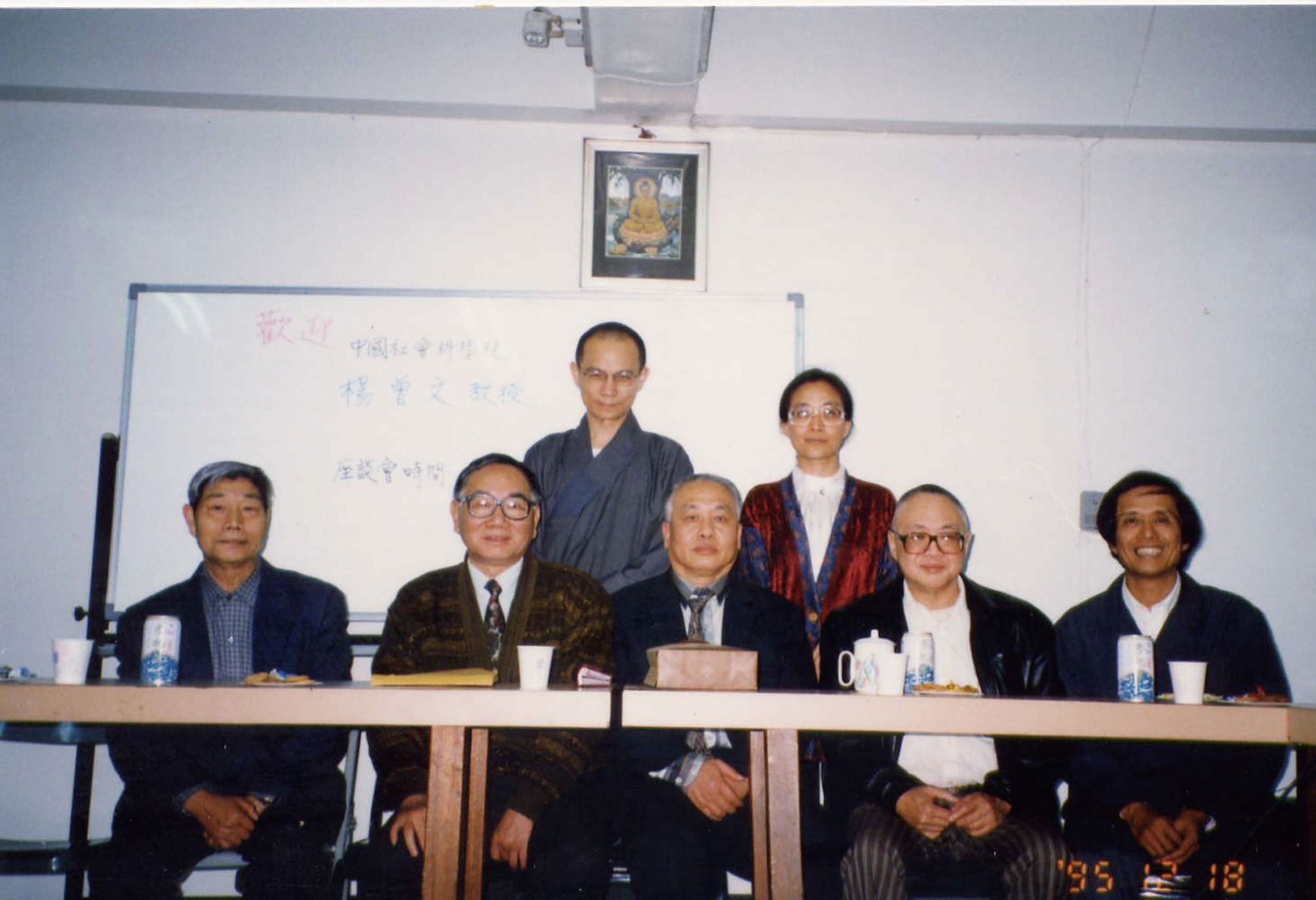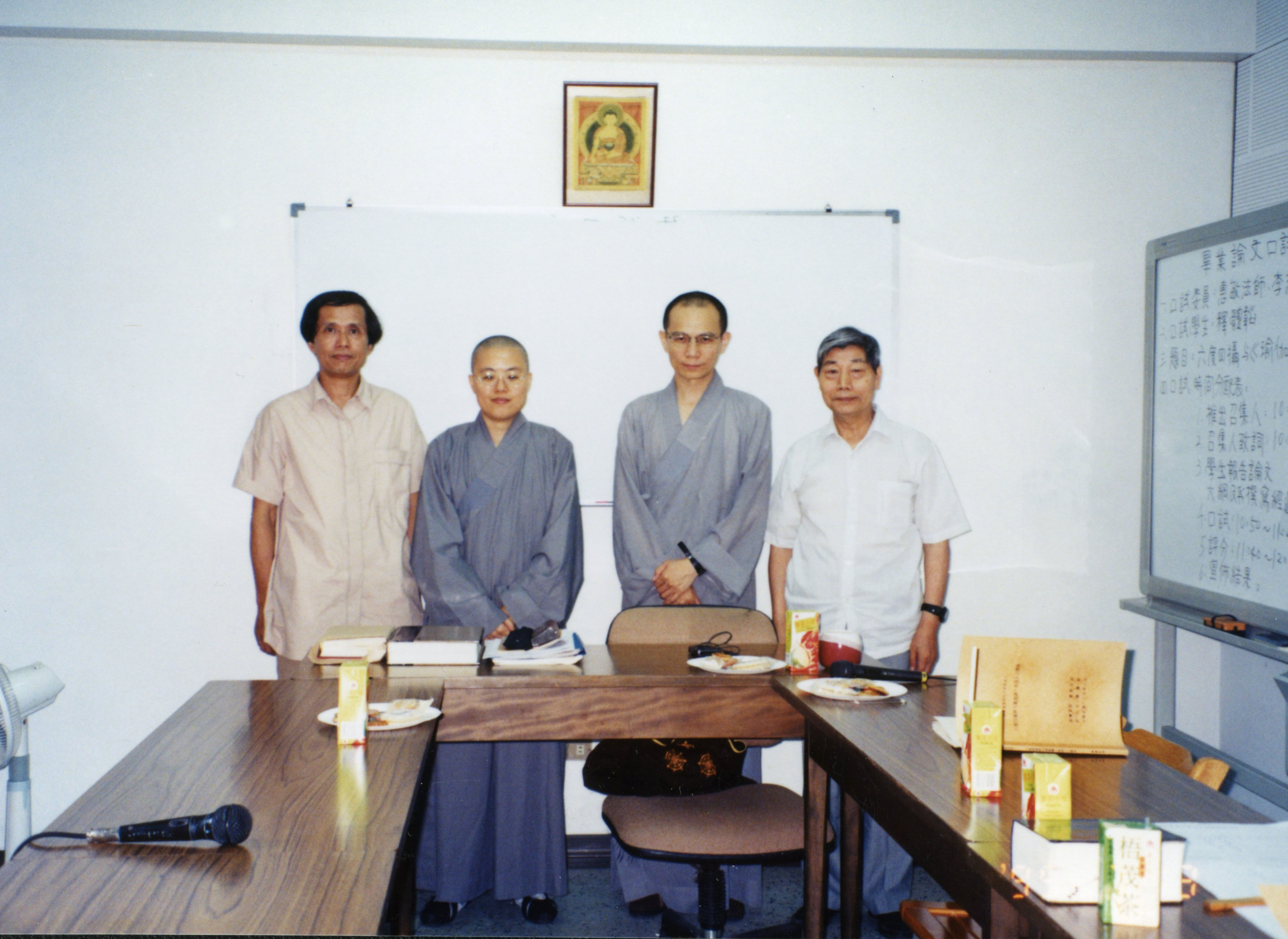The academic and Buddhist communities were the primary driving forces behind the flourishing of Buddhist studies in the international academic community in the early 20th century. Studies were largely conducted by academic groups in Europe. European countries such as France, the United Kingdom, Russia, Germany, and Austria were where a newfound approach to academic Buddhist studies originated.
The second driving force came from Japan. From the late 19th century, various schools of Japanese Buddhism began sending students to Europe to learn about this new approach to Buddhist studies. Upon returning to Japan, these scholars steered Buddhist studies in an entirely new direction. Under the influence of the establishment of Buddhist universities, this brand-new academic focus, which was a far cry from its traditional counterpart, became the mainstream of Buddhist studies in Japan. By the middle to late 20th century, Japan gradually replaced Europe to become the world’s leading country in Buddhist studies, attracting worldwide attention.
In Taiwan, a new approach to Buddhist studies also emerged in the last several decades, a ramification of the above-mentioned transformation in the development of academic Buddhist studies. The institute that played a decisive role in this transformation was the Chung-Hwa Institute of Buddhist Studies (CHIBS) founded by Master Sheng Yen.
Distinctive Features and Contributions of CHIBS
First of all, I would like to point out that the adoption of European and Japanese concepts and methods of Buddhist studies to replace the traditional methods of Chinese Buddhist studies is the most predominant feature of CHIBS. The new approach to Buddhist studies entails the following:
1. placing emphasis upon the study of Buddhist canonical languages;
2. organization and comparative studies of Buddhist texts;
3. archeological excavation and investigation of ancient artifacts;
4. contemporary interpretation or criticism of Buddhist thought;
5. collation, correction, and rebuilding of historical events of Buddhism, and other related historiographic interpretations.
These are the characteristics of the new focus of Buddhist studies. In the last three decades, CHIBS has won recognition in academic circles for linguistic excellence and canonical researches. A large number of CHIBS students have dedicated themselves to working on the collation, correction, and rebuilding of the historical events of Buddhism, as well as other related historiographic interpretations. CHIBS’ work with Buddhist texts has earned a strong reputation in Europe and Japan as has its emphasis on the teaching of Sanskrit, Pali, and Tibetan. It has also inspired the devotion of many researchers to work on the organization and comparative studies of Buddhist texts. CHIBS’ adoption of this new approach to Buddhist studies has in turn helped to establish a solid foundation in Taiwan’s academic community. This is surely one of the most significant academic contributions of CHIBS.
Previously in Taiwan, acquiring language skills was of peripheral importance, an attitude that stands in stark contrast with the present day. In today’s Taiwan, students learn the Pali language in order to study early Buddhism or Theravada Buddhism. Sanskrit and Tibetan are studied in order to understand Indian and Tibetan Mahayana Buddhism. Studentd apply themselves to Japanese and English to gain access to bodies of research on Buddhist studies from around the world. The shift in attitude is attributable to pioneers such as Ms. Ye A-yue, Mr. Ouyang Wuwei, Venerable Dahe, and CHIBS, the most influential of all.
CHIBS’ most recognized achievement in recent years is the digitalization of the Taisho Tripitaka and Shinsan Zokuzokyo (Xuzangjing), a reference tool created by the Chinese Buddhist Electronic Text Association (CBETA). The tremendous accomplishment of this reference tool is tantamount to a digital revolution for the history of Chinese Tripitaka. Advantages such as the saving of time, energy, money, and space speak for themselves. CBETA marks yet another great accomplishment for CHIBS.
Finally, CHIBS has cultivated countless Buddhist researchers over the past three decades who have gone on to academic careers. Moreover, CHIBS has published many Buddhist works, hosted numerous large-scale international conferences on Buddhist studies, and invited many international Buddhist scholars to Taiwan for research and teaching, creating a positive impact for Taiwan’s Buddhist circle as a whole.

於研討會中擔任主持人。
Hosting the session of Discussion in the Symposium.
Conclusion
In 2007, the core educational structure of CHIBS gave rise to the Dharma Drum Buddhist College. Meanwhile, CHIBS has continued to devote itself to research and the spreading of Chinese Buddhism. 2007 also marked the year that Dharma Drum Buddhist College became an official Buddhist institute of higher education, recognized by the government of Taiwan. The development of CHIBS led to the formation of two institutes devoted to Taiwan’s educational and academic activities.
CHIBS has now entered a new phase in its development. In light of this new beginning for CHIBS, I would like to take this opportunity to make a few humble suggestions, hoping they might be of some value for those concerned:

印老九七壽誕研討會至花蓮靜思訪印老。
Prof. Lan visits Tsi-chi.
The late Master Sheng Yen, founder of CHIBS, expressed his wish that CHIBS would continue its research efforts and spread Chinese Buddhism. How is this to be achieved? I would like to propose the following suggestions:
1. Compile a Dictionary of Chinese Buddhism: by gathering Buddhist scholars in Taiwan and China to collaborate and complete a comprehensive reference work.
2. Translate and publish famous works from the past century on Chinese Buddhism from academic circles around the world. This will enable scholars in Taiwan and China to have easier access to international research findings on Chinese Buddhism and to help Chinese readers expand their academic horizons.
With regard to the Dharma Drum Buddhist College, I would also like to offer the following advice:
1. Enhance students’ perspective in historical and cultural studies to reinforce their research skills in this area. This will enable students to develop a broad view and flexibility in research.
2. Aside from the three subject areas of Indian, Chinese, and Tibetan Buddhist studies, students should also be encouraged to delve into Japanese Buddhism, Buddhist arts, Buddhist literature, Korean and Vietnamese Buddhism, etc. These are all worthy of their attention.
3. Provide students with opportunities to study abroad, while offering them guidance to observe different Buddhist cultures and other religious cultures. This will broaden their global perspective.
Thirty years signifies the coming of age both in individuals and organizations. As CHIBS enters this new phase, it is worthwhile to think about its future direction as well as to reflect on the progress of its growth in the past. As a member of CHIBS, I am honored to offer my humble opinions as a way to express my personal congratulations.




